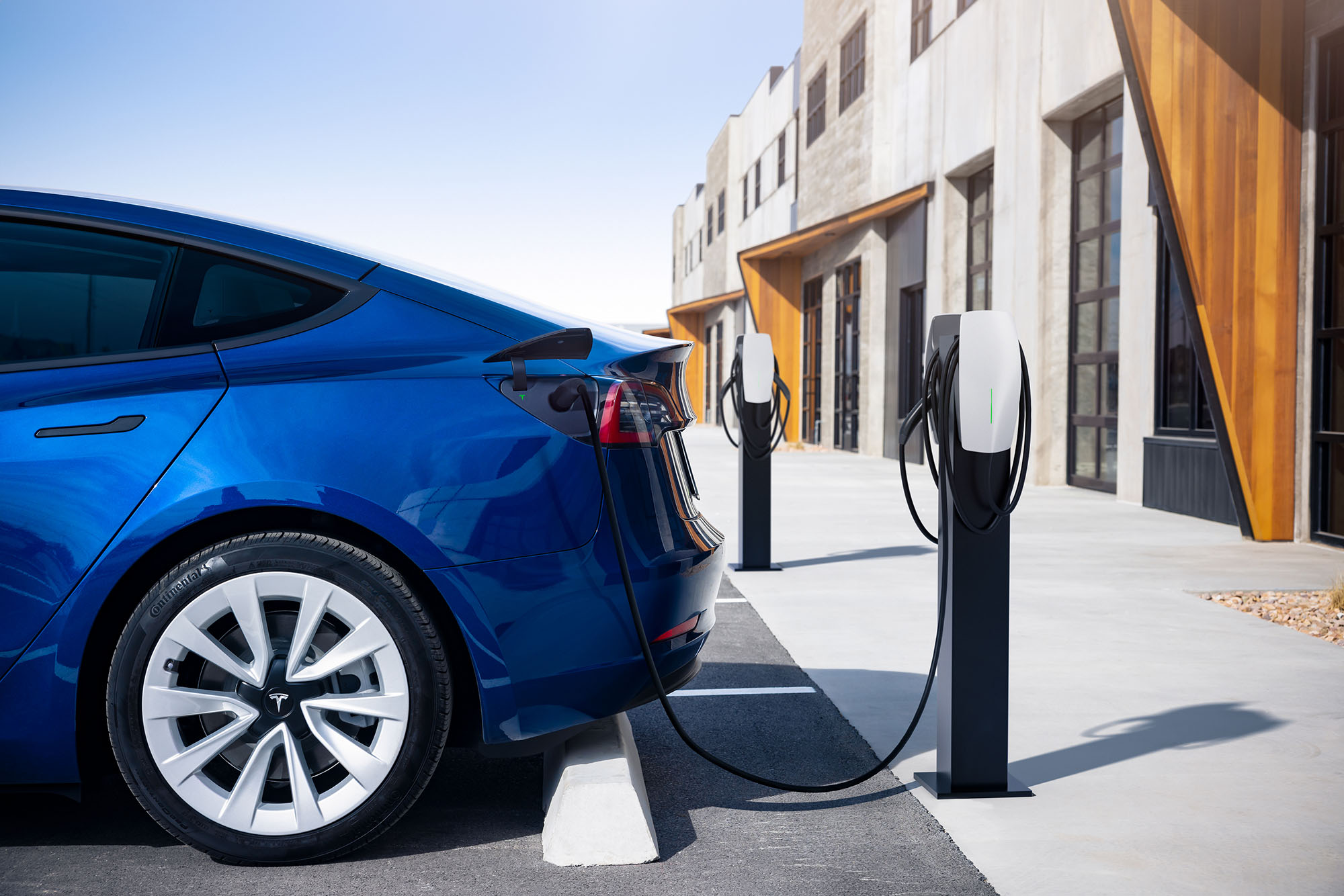4 Ways to Tell if Your EV Battery Might Be Dying
There are a few steps you can take to help determine whether your EV battery is performing as it should.
 Tesla
Tesla
While the high-voltage batteries in most electric vehicles (EVs) sold today are often guaranteed to last eight years or 100,000 miles, many batteries often begin to wear out more quickly than that. EV battery life is based on vehicle usage and factors such as the climate you live in, the frequency and voltage of charging speeds you use, and the degradation of the battery's components over time.
There are some common early signs that your EV's main battery is starting to expire, which may require battery replacement from your dealer or manufacturer.
1. Slow Battery Charging
EVs have a range of battery-charging levels, from slower home chargers to faster DC charging at public stations. Generally speaking, a newer battery will consistently charge at a predictable rate, depending on the voltage. But over time, your battery's degradation means it may start to take longer to fully charge (not unlike the battery in a cell phone) as it wears out. Slower charge times suggest you might want to consider having your battery inspected.
2. Reduced Electric Range
Though more recent EVs are beginning to stretch to more than 400 miles of driving range, one of the most challenging aspects of EV ownership is the range provided by a fully charged battery compared with the full fuel tank of a gas-powered vehicle. You're likely aware of your EV's maximum range with a brand-new battery. But if that total range drops to less than 80% of what it once offered after a full charge, it's time to check your battery.
Environmental factors such as overly hot or cold weather can also affect your EV battery's range year-round. If your EV's driving range is no longer maxing out even when the weather is pleasant, it's a good sign that your battery may be reaching the end of its life.
3. Reduced Performance and Acceleration
EV drivers like to make the most of the startlingly fast acceleration their car's high-torque electric motors provide. But if you start to notice that your take-offs are more sluggish or that you can no longer reach top speed, this may also indicate a permanently degraded battery.
4. Error Messages on Instrument Displays
One benefit of a technologically advanced automobile is the many computer systems constantly monitoring every aspect of your car. If your high-voltage battery is starting to go on the fritz, that may generate a series of error messages on your vehicle's instrument or infotainment displays.
Vehicles such as the Tesla Model S, for example, will offer various warning notes on the dashboard display or send a message in the Tesla mobile app if there's an issue with the vehicle's lithium-ion battery. The Tesla will also deliver messages informing you if the vehicle's more easily replaceable 12-volt battery is worn out or needs a jump start.
Written by humans.
Edited by humans.
 Andy Stonehouse
Andy StonehouseAndy Stonehouse literally fell into the world of auto writing while working as a ski-town journalist, and has not looked back since. A childhood spent dealing with the eccentricities of a 1976 MG Midget has made any subsequent auto experience a more safe and reliable drive. He has been blessed with nearby mountain trails and snowy roads in Colorado to do TV-adventure-styled test drives on a weekly basis.
Related articles
View more related articles